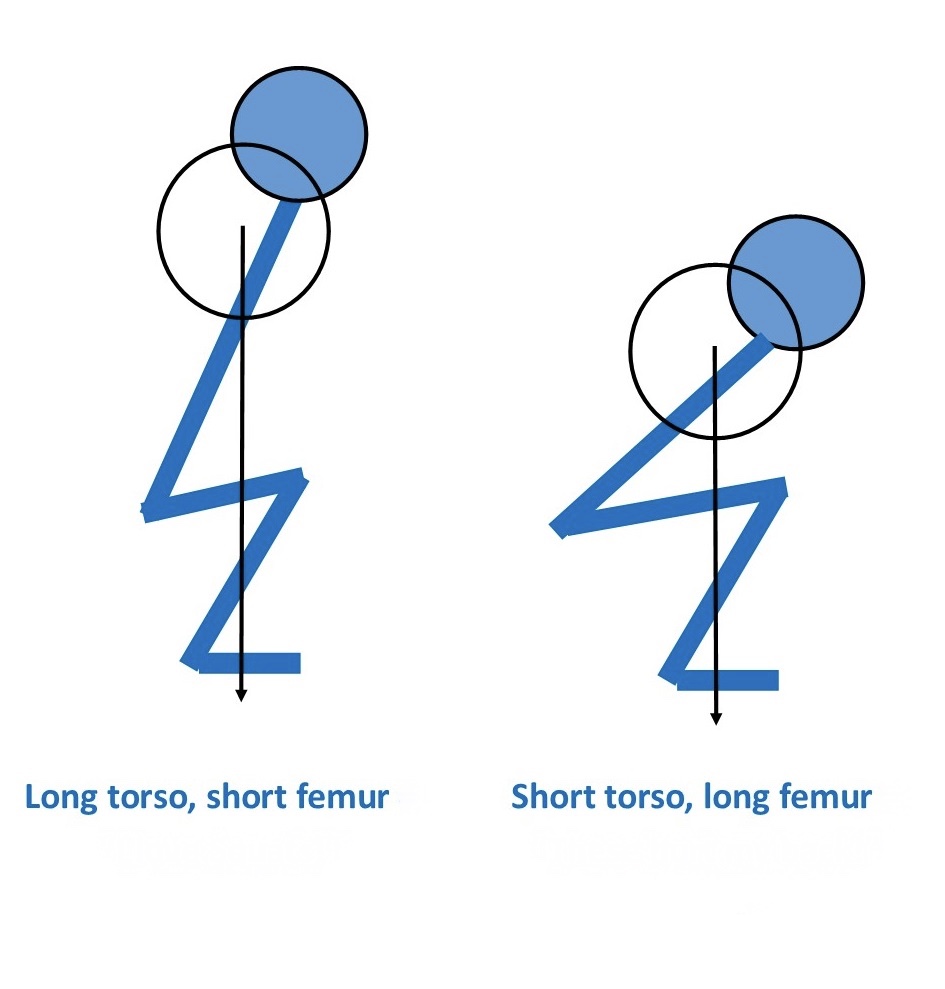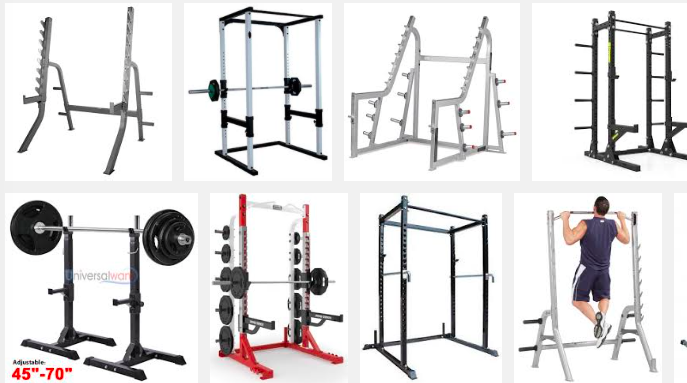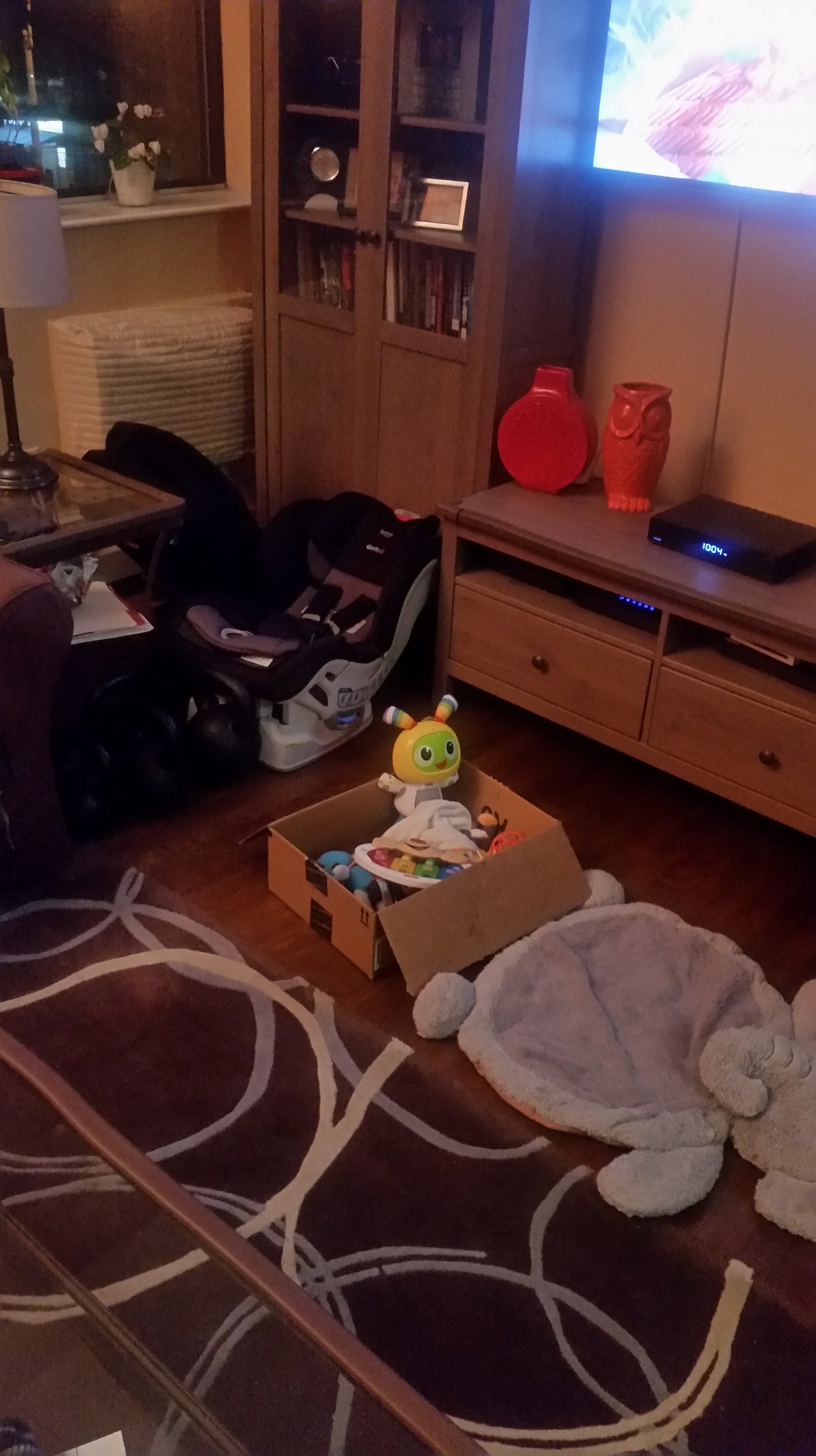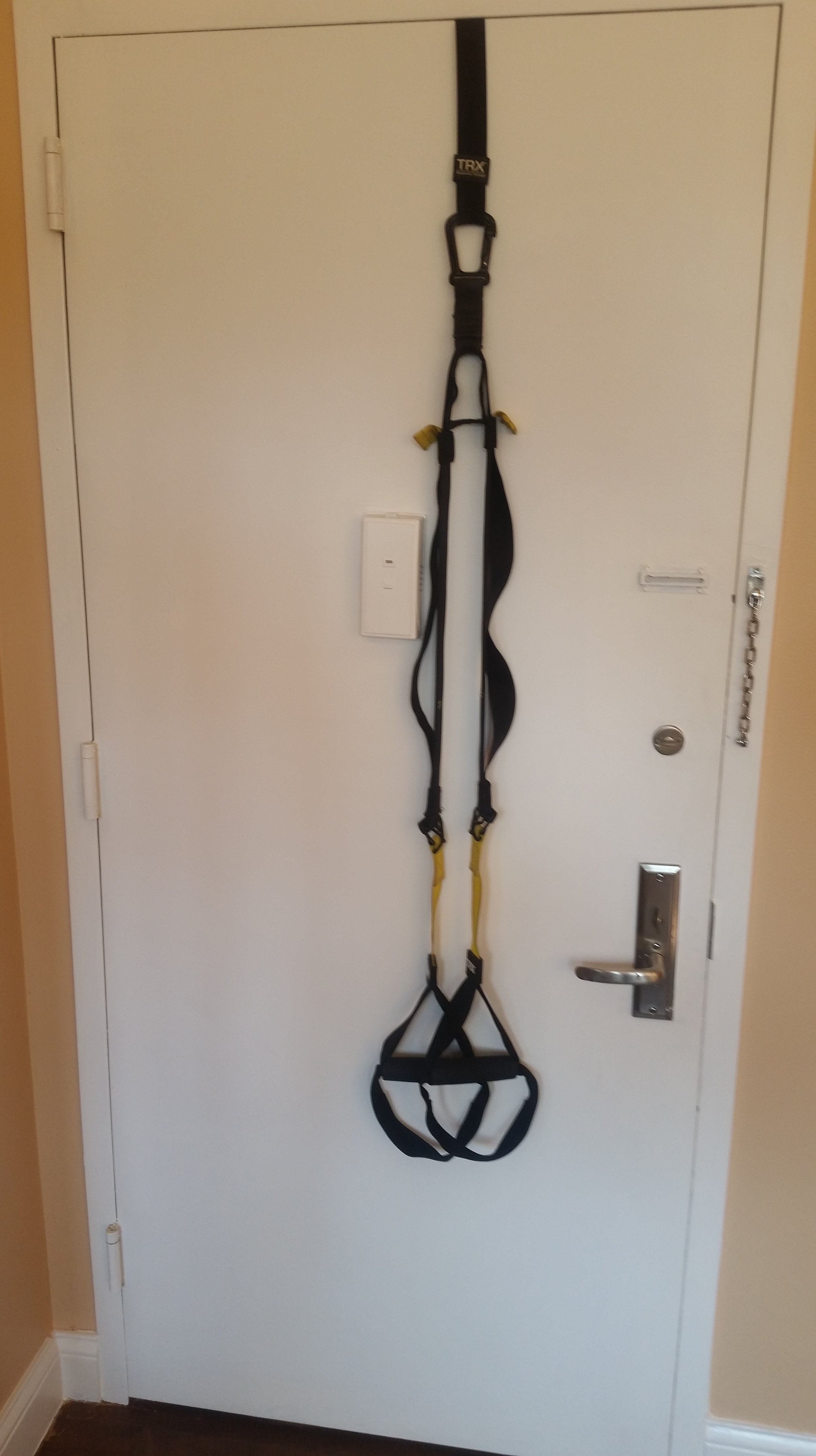Last week I wrote about how most group fitness classes aren't doing the thing most people are going to them to do: fat loss. Check it out here. I won't say that I was bashing group fitness classes but I did point out the limitations group fitness classes face when it comes to fat loss. I've had a few people ask what they should do instead of group fitness classes then. Makes sense since I didn't really give many solutions. So then it makes sense that I should give some solutions now. So that's what I'll do. So I'm going to give 3 suggestions that you can use. Before that though, I'll say that any fat loss strategy is only as good as the way you eat while you're doing it. This is where the phrase "you can't out train a bad diet" comes from.
- I'm not saying you should forgo group fitness classes forever. If you are a person who likes group fitness classes and you're looking to burn fat, then find a short High Intensity Interval Training (HIIT) class. By short I mean 30-45 minutes. If it's a 45 minute class, then about 10 minutes of that should be devoted to warmup/cool down. A shorter class will ensure that you'll be able to reach the (really) high intensities that are needed to burn fat.
- Start lifting. Or better yet, start lifting heavy. I'm talking about doing compound movements like squats, deadlifts, bench presses and overhead presses. These are big bang for your buck exercises that will help you build muscle. Building more muscle will help you to raise your resting metabolism. This will allow you to burn more fat as you're sitting around doing nothing.
Let me take a minute to define heavy lifting. To really be lifting heavy you're going to at least know your 5 rep max and even better would be your 1 rep max. Your max is the maximum amount of weight you can lift. A rep max is your max for a given number of reps. So when I'm talking about "lifting heavy", you're going to be at at least 80% of your 1 rep max. (If your max is 100lb, then you'll be using at least 80lbs.) The reps you use will depend on how heavy you go beyond 80%. Generally speaking you're going to be working in the 4-6 rep range.
When you're lifting heavy, you're form is going to need to be perfect. So you're going to need to take the time to learn how to lift. Find a certified trainer in your area and make the investment to get coached.
- My final suggestion is go the long slow distance route. This is also known as "traditional" cardio. Go on a run, hit the elliptical or the exercise bike for 30-60 minutes. The trend is definitely towards HIIT but cardio stills works. A good cardio session will burn a lot of calories, with the majority of those calories burned coming from fat.
The three suggestions aren't any in particular order of importance. So in conclusion, let's put these in order. First off, you should be on a lifting program. Your lifting program should cycle between heavier periods and lighter periods (of lifting). So when you're in a heavy cycle you'd be better off adding a couple of days of "traditional" cardio. This will help with recovery. When you're in a light cycle this is when you can go to you're HIIT classes. This is a really basic suggestion of a workout structure. If you want to get more specific, this is where investing in a good trainer will come in handy.


 of equipment usually off in the corner of the gym. The fact that it houses the weight plates that aren't being used and is called the cage by some, I can see why the squat rack might not crack your 'Top 10 Places to Visit in 2016' list.
of equipment usually off in the corner of the gym. The fact that it houses the weight plates that aren't being used and is called the cage by some, I can see why the squat rack might not crack your 'Top 10 Places to Visit in 2016' list.


 KETTLEBELLS: an equal sized pair. [DISCLAIMER: if you've never used kettlebells, either get taught how to use them by a certified professional or don't read the rest of this section.] I'm a firm believer that eventually everyone needs to add some weight to their workouts because....well because science. Kettlebells don't take up much space (relatively) and they are great for both strength exercises (squat, presses, deadlifts) and power exercises (swings, cleans, snatches; again get proper instruction). Kettlebells are also relatively cheap once you consider the fact that you'll never have to replace a kettlebell. I suggest 16kg (~35lbs) for women and 24kg (~53lbs) for men. Once you can do all of the above exercises with the suggested bells then you can think about going heavier (for the last time, GET PROPER INSTRUCTION).
KETTLEBELLS: an equal sized pair. [DISCLAIMER: if you've never used kettlebells, either get taught how to use them by a certified professional or don't read the rest of this section.] I'm a firm believer that eventually everyone needs to add some weight to their workouts because....well because science. Kettlebells don't take up much space (relatively) and they are great for both strength exercises (squat, presses, deadlifts) and power exercises (swings, cleans, snatches; again get proper instruction). Kettlebells are also relatively cheap once you consider the fact that you'll never have to replace a kettlebell. I suggest 16kg (~35lbs) for women and 24kg (~53lbs) for men. Once you can do all of the above exercises with the suggested bells then you can think about going heavier (for the last time, GET PROPER INSTRUCTION).
